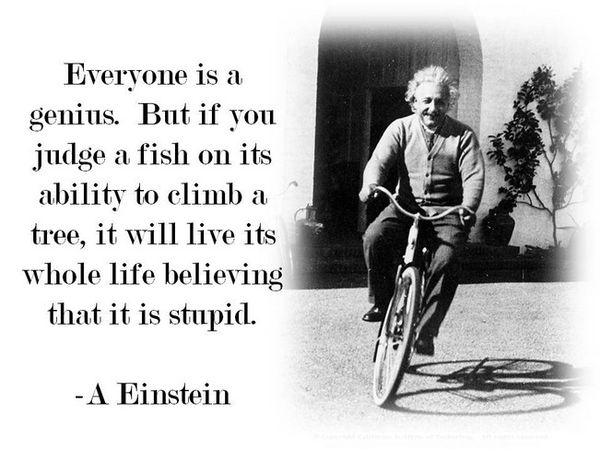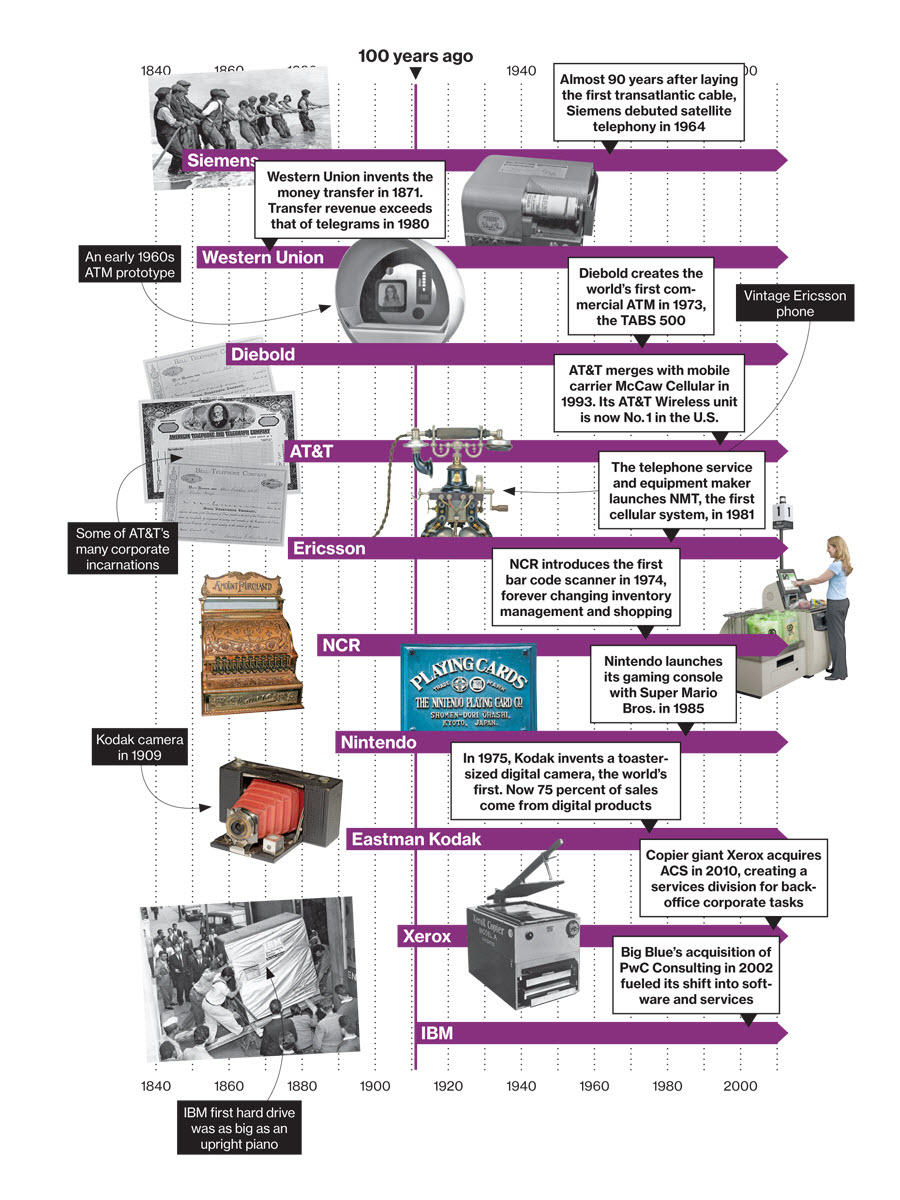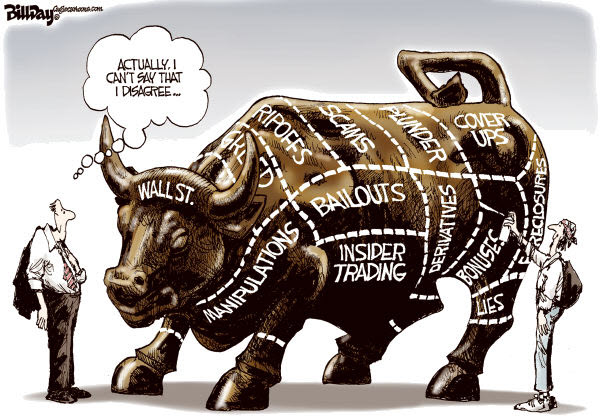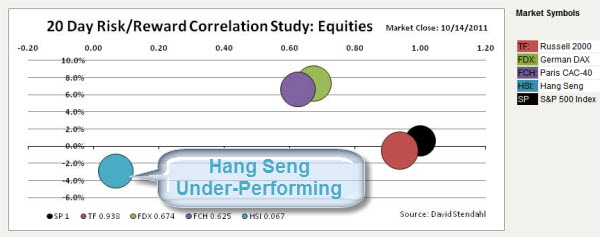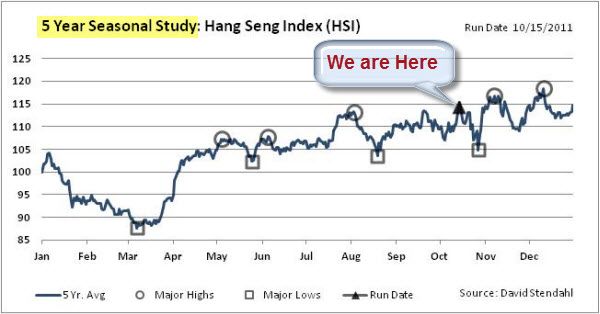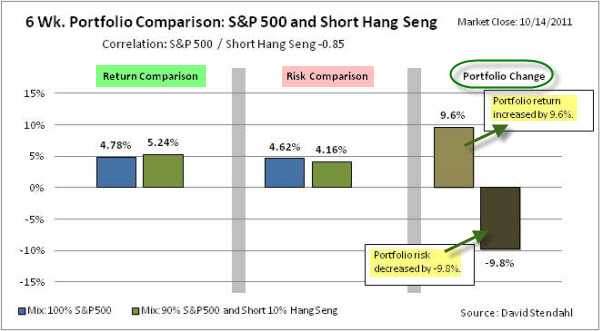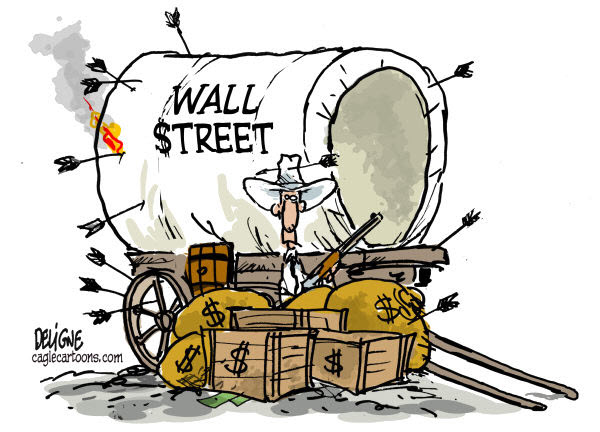I've been spending time with more vegetarians lately. I'd be one too if meat grew on trees.
Meanwhile, it is getting to be Halloween …
On a more serious note, here are some of the posts that caught my eye. Hope you find something interesting.
- Apple's Siri Is as Revolutionary as the Mac. (Harvard Business Review)
- Hacked! The Perils Of Cloud Computing & How to Avoid Them. (TheAtlantic)
- Japan Offering 10,000 Free Round-Trip Tickets to Boost Tourism. (Consumerist)
- A Different Type of Stimulus Package: Oxytocin as a His & Her Sex Drug. (TheDaily)
- 72 Years of Marriage Ends in Holding Hands. That's how I'd want to go! (Newser)
- Has There Been Enough “Blood in the Street” To Get Bullish on Financials? (CNBC)
- Traders Warn of Stock-Market Cracks and Lack of Liquidity. (WSJ)
- Quant Trading: How Mathematicians Rule the Markets. (BBC)
- Here Are Four Charts that Explain What the Protesters Are Angry About. (BizInsider)
- A “Jack Welch” Portfolio Algorithm. Interesting concept. (ETFProphet)


